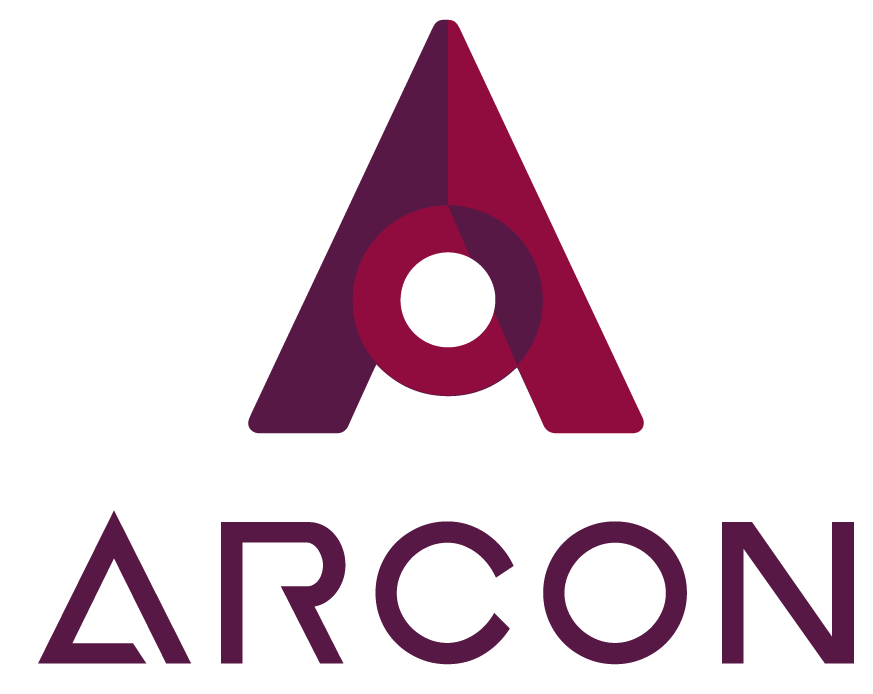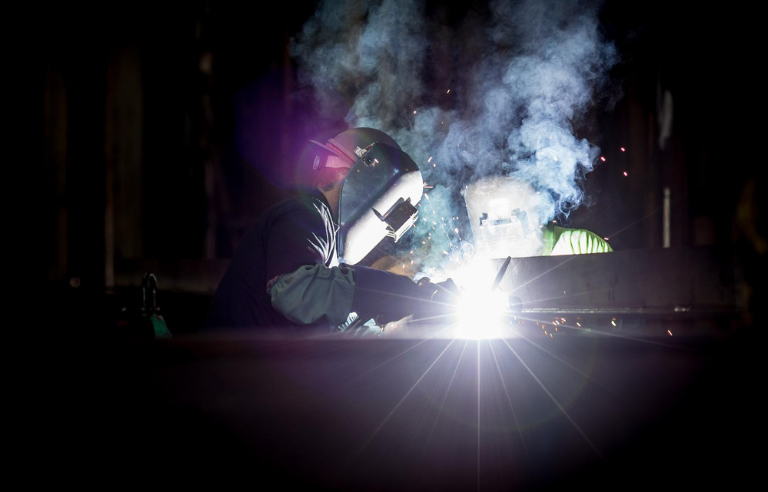What 4 types of welding are there?
Not all welders are created equal. Welding is an increasingly in demand profession that could be a career for you. But welding is also a skill you can use for everyday things, like making garden art or decorating. You can even use it to enhance your current job, especially in agriculture or the auto industry. Welding has endless possibilities depending on what type of welding you want to learn. There are four main types of welding. MIG – Gas Metal Inert Arc Welding (GMAW), TIG – Gas Tungsten Arc Welding (GTAW), Rods – Gas Metal Inert Arc Welding (SMAW) and Flux – Flux Arc Welding (FCAW). Here we will delve deeper into each type of welding.
MIG – METAL LIGHT PROTECTION WELDING (GMAW)
MIG welding is used in the automotive industry to repair vehicle exhausts and also in residential and building construction. This is one of the most common types of welding. This is a type of arc welding that uses a continuous wire called an electrode. You also use a shielding gas that flows through the welding gun and protects it from contamination.
TIG – GAS TUNGSTEN ARC WELDING (GTAW)
Like MIG welding, TIG welding also uses an arc. Use tungsten electrodes when TIG welding. Tungsten is one of the strongest metal materials. It does not dissolve or burn. Welding can be done through a process known as fusion, which may or may not use fillers. TIG also uses an external gas supply such as argon or helium. The aerospace and automotive industries use TIG welding just like any other industrial market. This is also a great type of welding for Iowa because it can be very useful for farmers to use welded frames on carts, fenders, and other essential equipment.
STICK – METAL ARC WELDING (SMAW)
Would you like to take your weld? The main advantage of stick welding is that it is portable. Stick welding is used in construction, maintenance and repair, subsea pipelines and industrial production. For this type of welding, artificially shielded metal welding is used or better known as stick welding. You use a consumable and protective electrode or wand. The rod softens and bonds the metal by heating an arc between the plated metal electrode and the base metal part. When the rod melts, the protective covering also melts, protecting the welding area from oxygen and other gases that may be present in the air.
FLAX ARC WELDING (FCAW)
Arc welding is similar to MIG welding in that it both uses a continuous wire and current. They combine a continuous electrode with a base metal. The electrode is a hollow tube filled with flux that is fed through the welding gun and into the weld pool. When welding outdoors, the flux screen provides protection from the elements. This type of welding is used to weld thicker metals and is used in the machining industry.
EARN YOUR INTEREST
Now that you’ve heard about the different types of welding and know they interest you, how do you find the training you need? Marshalltown Community College offers three types of training courses for welders. You can take an 18-credit certificate program in Industrial Welding or Industrial Welding: Construction. You can also choose the 35 credit manufacturing welding practitioner diploma program.
You don’t want a career as a welder, but are still interested in continuing your education or developing your skills? The Iowa Valley Continuing Education offers a variety of courses in a variety of welding types and applications.


